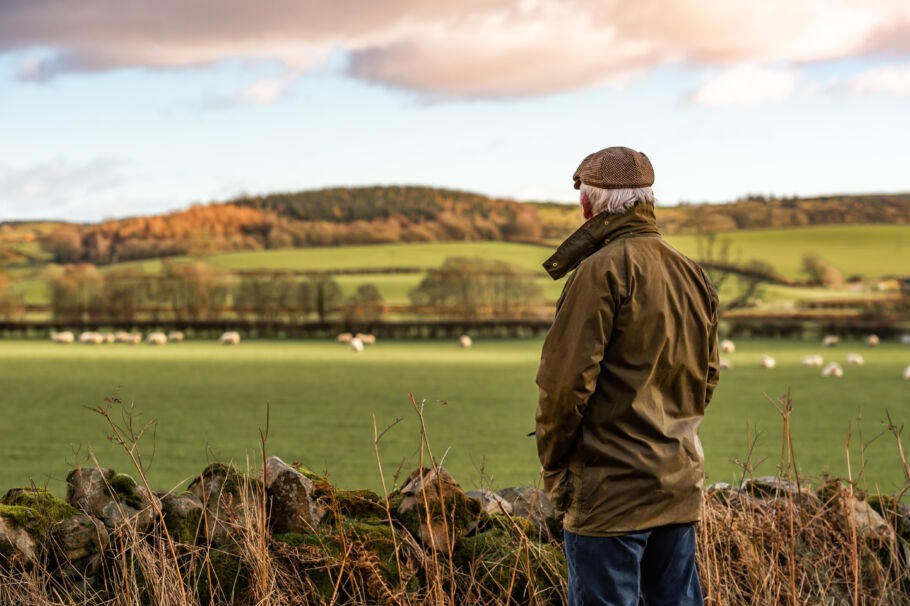Date published: 27 May 2009
An equitable outcome for equestrian access rights
Responsible exercise of access over land in Scotland is a cornerstone of the rights of access conferred on the public under the Land Reform (Scotland) Act 2003. And there is a corresponding obligation on the owner of land to act responsibly in the way he uses and manages that land.
Graham and Margot Tuley are responsible owners of land by anyone’s standards. Their land at Feddonhill Wood at Fortrose in the Highlands of Scotland is a mecca for walkers, mountain bikers and lovers of the countryside, with paths, tracks, seats and car parking provided and maintained for them, and local plantlife encouraged and cultivated. Horse riders are also catered for, with the creation of a bridle path in the southern parts of the wood.
Obstructing access
This happy state of affairs ought not, then, to be an obvious source of contravention of an owner’s obligations under the Act, leading to service of local authority notices and subsequent court action, but Mr and Mrs Tuley fell foul of the provisions of the Act when they padlocked barriers at the end of a track in the northern part of the wood, known as the “red path”, preventing use of that path by riders, although still allowing pedestrian access. Their motivation for this apparently uncharacteristic action was honourable – the red path and tracks leading off it were narrow and unsuitable for horse riding use – the tracks would quickly become damaged and be turned to mud, making them no longer suitable for pedestrian use – in short using the red path for horse riding would be an irresponsible exercise of access rights, in their view.
Section 14 Notice
The local authority did not agree. Under Section 14 of the Act , local authorities, who have a duty to uphold access rights by protecting and keeping open any access routes, can serve notice on any owner that they consider is obstructing or preventing the exercise of access rights, whether that be by way of signs or notices warning people away, or by placing an obstruction in the way of access routes. The existence of padlocked barriers at each end of the red path having been brought to their attention, Highland Council served notice on Mr and Mrs Tuley, requiring them to permit full access and take steps to ensure that there was sufficient room between the barriers for horses and their riders to pass.
Signs instead of barriers
Mr and Mrs Tuley disputed the appropriateness of the notice, and applied to the Sheriff Court for its recall. However, the sheriff considered that Mr and Mrs Tuley had not established sufficiently that horse traffic would cause substantial damage in fact , and had been premature in erecting the barriers before the position was actually tested. They should work with the Council to erect notices instead that would warn riders of the potential for damage, and that would prohibit use of the side tracks that led off the red path that were unsuitable for riders. The application for recall was refused.
Barriers instead of signs
This decision of the sheriff has now been appealed to the Court of Session in Tuley v The Highland Council [2009] CSIH 31A. The appeal concerned two principal areas: the evidence of an expert witness – a soil scientist – that had been presented in support of Mr and Mrs Tuley’s assertions, and the correct interpretation of section 14.
During the sheriff court hearing, and in the sheriff’s determination, much had been made of the likely amount of horse traffic on the red path, and the frequency of that traffic. The soil scientist’s evidence was that he expected there would be a reasonable number of horses using the red path. The conclusion of the sheriff was that light use would not cause significant damage, and that there was no evidence of anything other than light use.
However the appeal judges accepted that it was clear that Mr and Mrs Tuley’s concern was not with particular numbers of horses using the track, but the effect over time of any horse traffic. The soil scientist’s conclusions pointed to a general deterioration over time – the actual numbers were not really the significant element of this likely effect. It was not reasonable to expect the owners of the land to have to wait until the expected damage was actually caused before being able to take action to prevent it continuing. They concluded that Mr and Mrs Tuley were acting responsibly in preventing equestrian access when they did, and that the overall approach that they took to allowing public access to the wood was compatible with their principal duty under the Act.
The underlying purpose of the owner’s actions
A Section 14 notice can be served by a local authority, if it considers that an owner has done anything in contravention of the statutory requirement that he must not , for the purpose, or for the main purpose of preventing or deterring any person entitled to exercise access rights over land:
- put up any sign or notice;
- put up any fence or wall, or plant, grow or permit to grow any hedge, tree or other vegetation;
- position or leave at large any animal;
- carry out any agricultural or other operation on the land; or
- take or fail to take any other action.
It was felt that the sheriff had applied too objective an interpretation of this provision. While the purpose of erecting barriers across the entrances to the red path was clearly to prevent access by horses, there was a further, underlying purpose here, and that was to avoid damage that would clearly be caused to the track and other paths by those horses. The act of putting up the barrier was not its own purpose – the main purpose was something else.
So the mere carrying out of any of the acts referred to above (or omitting to do something) should not in itself be an automatic infringement of the section if it merely prevents or deters access – a wider , more flexible meaning of “purpose” is appropriate, so that the “real” purpose, if you will, (assuming there is one) can be attributed.
This is welcome clarification. From all of the other actings of Mr and Mrs Tuley, it was clear that they welcomed access takers, and that their action in erecting the barriers was not a capricious or unreasonable attempt to deny access for no other reason, and that their stated purpose of protection of the track for other users may now be said to fall within the statutory definition.
To access the judgement in the case of Tuley v The Highland Council click here.
To find out more contact us here
Expertise: Rural Disputes















